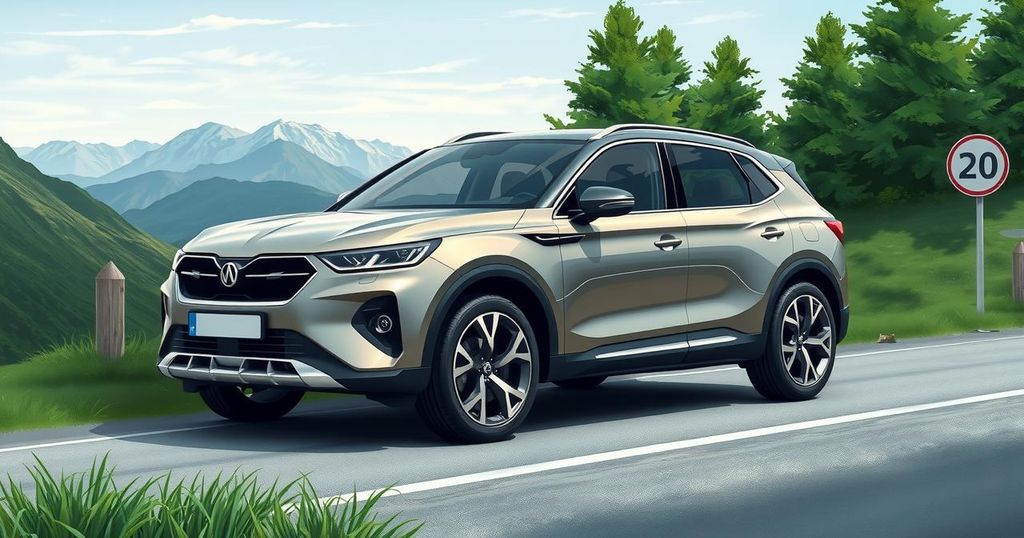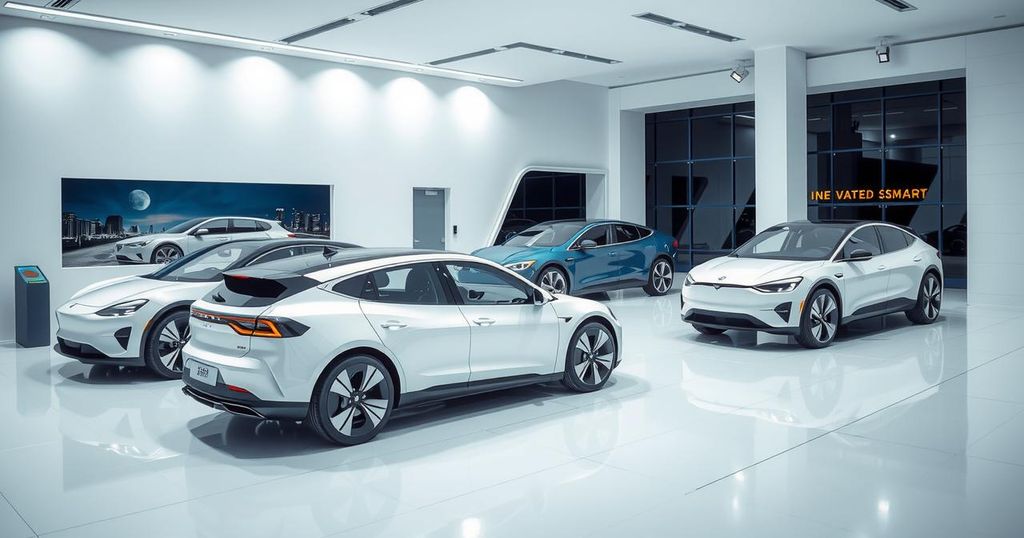Libya Passenger Car Market Expected to Reach 5.5 Million Units by 2031
The Libyan passenger car market is projected to reach 5.5 million units by 2031, following historical volatility due to political and economic factors. Key segments include large SUVs and older vehicles, with Toyota leading in brand preference. Challenges include political instability and environmental concerns, though economic recovery poses a positive outlook for the market.
The Libyan passenger car market is poised for significant growth, expected to reach 5.5 million units by 2031, according to Persistence Market Research. Historical trends show notable volatility driven by political instability and economic sanctions, with passenger car sales peaking at 39,000 units in 2011 and dipping to 11,000 units by 2017. A gradual recovery began in 2019, correlating with stabilizing political efforts and economic revitalization.
Market segmentation indicates that the J-segment, encompassing large SUVs, holds the highest volume market share at 38%. This preference for larger vehicles is largely due to Libya’s expansive terrains. Additionally, the D-segment of mid-size cars is anticipated to grow rapidly, with a projected CAGR of 6.5% from 2021 to 2031.
The market is classified by vehicle age, with over 74% projected to consist of cars older than six years by 2031. This preference for older models reflects Libya’s reliance on imported used cars, which are seen as more economically viable. Newer vehicles account for only a small market share, with consumers often opting for affordability over the latest technology.
Brand loyalty significantly shapes the market. As of 2020, Toyota leads with a 34% share, valued for its reliability and durability. Other notable brands include General Motors, Volkswagen, Hyundai, and Kia, contributing to a diverse automotive marketplace in Libya.
The predominance of imported used cars stems from economic factors that drive buyers toward more accessible options. This market dynamic addresses immediate transportation needs but raises concerns regarding vehicle safety standards and emissions. The focus on functionality over modern features underscores the economic challenges faced by consumers.
Looking forward, the Libyan passenger car market is anticipated to grow from 3.6 million units in 2024 to 5.9 million by 2031, propelled by a 7.3% CAGR. Factors supporting this growth include ongoing economic recovery, urbanization trends, infrastructure investments, and policy reforms aimed at enhancing vehicle standards and road safety.
However, challenges lie ahead, including potential political instability that could undermine economic recovery, regulatory hurdles in vehicle standards, environmental sustainability issues related to older vehicles, and uneven infrastructure development affecting rural regions. Despite these complexities, the passenger car market in Libya is generally poised for a promising future, driven by an increase in consumer demand and economic stabilization.
In summary, the Libyan passenger car market is on a trajectory towards notable recovery and growth, with expectations of reaching 5.5 million units by 2031. This growth is underpinned by improving economic conditions, urbanization, and consumer demand for vehicles. The reliance on imported used cars remains a key aspect of the market, presenting both opportunities and challenges as the sector evolves.
Original Source: www.openpr.com




Post Comment